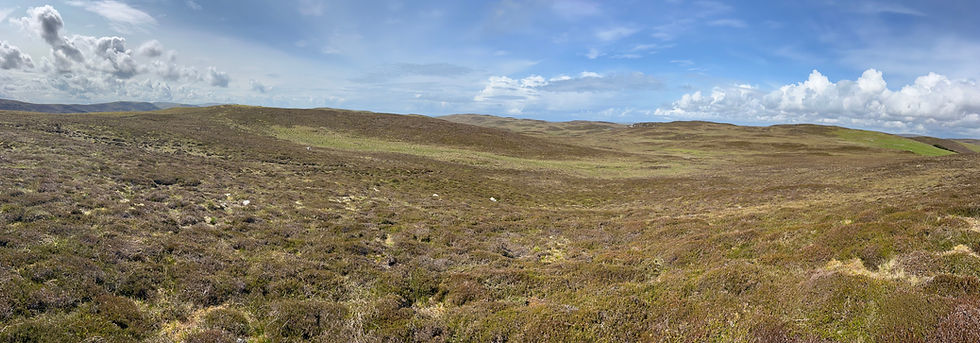Site in Focus - Mousa Broch
- Stephen Jennings

- Nov 7, 2017
- 2 min read

On the island of Mousa stands the grandest of all surviving brochs in Scotland. Just over 13m tall with a thicker than normal drystone wall base and smaller overall diameter, it sits spectacularly on the edge of the sea easily visible from mainland Shetland. With three corbelled chambers in its solid base, a winding staircase between the remainder of the hollow walls makes its way to the top of what is the most complete Iron Age broch.
Built somewhere around 300BC, it was originally constructed with two additional wooden floors accessed as you ascended the intramural stairs. As is the case with the majority of brochs, it was later modified to accommodate a wheelhouse in its core. The hearth, tank and bench one sees when you enter are likely from this period of occupation. The west facing entrance has been altered many times, though its early bar-hole is still evident, and is oriented in the general direction of a companion broch, Burraland, on the opposite shore.
‘Excavated’ twice – in 1861 when it was cleared of debris and repaired and again in 1919 – artefacts included some clay pot sherds and stone lids as well as items of later date. Mentioned twice in Norse Sagas, its completeness is most likely due to the stout construction of the rather diminutive broch and the sparse island population over the ensuing two millennia.
Now an RSPB reserve, the island and the broch itself is home to thousands of breeding storm petrels and has become a popular nighttime destination to watch them return. In addition, a circular walk will take you past a variety of other sensitive plant and wildlife species including Arctic terns, shags and black guillemots. The great skua (bonxies) are in abundance and if you take the time you can watch gannets making their headlong dive to the sea.
Accessible between mid-April and mid-September, travel information can be found here.











Comments